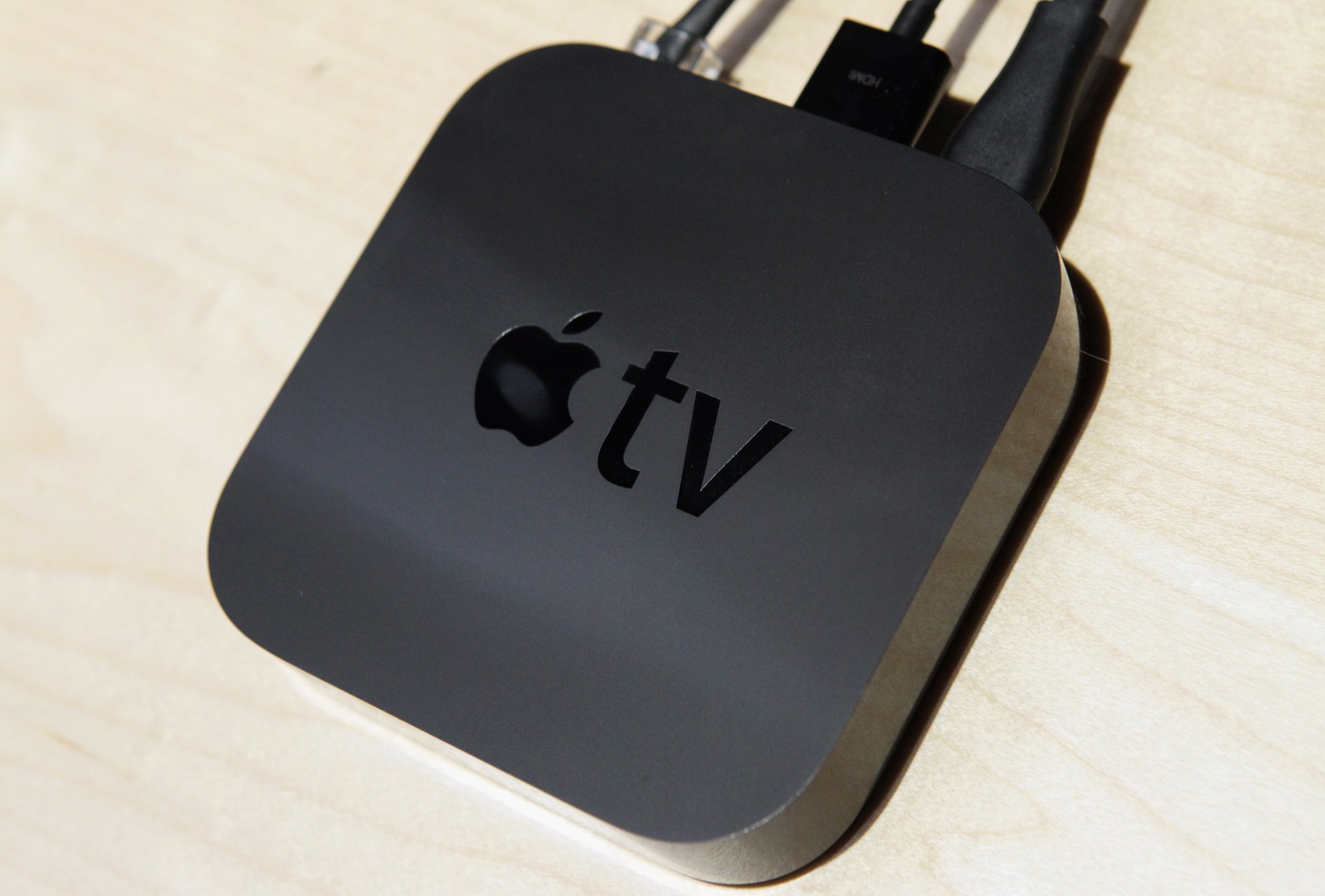
When Apple unveiled its new Apple TV in September, the company grandly proclaimed that it believes apps will be the future of television. In some ways, that’s already true — streaming services such as Netflix, Hulu, and Amazon Instant Video have become even more popular than traditional live TV, according to a study from marketing firm Deloitte.
But streaming video isn’t the only thing Apple has in mind when it talks about the future of television. If the early crop of Apple TV software is any indication, the company’s idea is to make television more interactive. In some ways, upcoming Apple TV apps will make televisions look a lot more like full-blown computers.
QVC’s Apple TV app, for instance, lets users instantly buy whatever’s being showed off on the shopping channel at a given moment. Online cooking network Tastemade is making it easier for viewers to find the exact tutorial users are looking for. Vacation rental app HomeAway will let renters display helpful information like Wi-Fi passwords and restaurant recommendations for their guests. And fitness brand DailyBurn is creating a brand new daily workout show for the Apple TV, featuring a different routine every morning. One standout feature that makes DailyBurn’s show different from watching an exercise video on YouTube: Viewers can ask questions in real time during workouts.
“What we have now is this incredible flexibility that allows us, if we think of something, we could try it,” says Jared Cocken, head of product at DailyBurn. “And if something comes up in the community on a Monday, we can respond to it either that day or we can come up with something for Tuesday.”
Still, not everyone is convinced that interactivity is the future of TV. James McQuivey, vice president and principal analyst at Forrester Research, believes consumers shopping for set-top boxes like the Apple TV care more about more typical TV shows and movies than apps. The Apple TV’s software options, then, might not be enough to give the $150 device an edge over its cheaper competitors, such as the $130 Roku 4 and the $100 Amazon Fire TV.
“The future of TV is TV first,” McQuivey said in a previous interview with TIME,”and then anything else you want to add, well, that only becomes interesting after that point.”
More Must-Reads From TIME
- The 100 Most Influential People of 2024
- The Revolution of Yulia Navalnaya
- 6 Compliments That Land Every Time
- What's the Deal With the Bitcoin Halving?
- If You're Dating Right Now , You're Brave: Column
- The AI That Could Heal a Divided Internet
- Fallout Is a Brilliant Model for the Future of Video Game Adaptations
- Want Weekly Recs on What to Watch, Read, and More? Sign Up for Worth Your Time
Contact us at letters@time.com